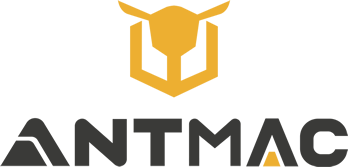Spider Lift Crane Manufacturer's Guide to Wire Rope Selection: 10 Core Scenario Matching Solutions
Ant Spider Machines Unveil Scientific Selection Logic for All-Terrain Lifting Equipment Wire Ropes
In the field of engineering lifting equipment, the scientific selection of wire ropes as core load-bearing components directly determines the operational safety and efficiency of Spider Lift Cranes. As a technical benchmark for China's all-terrain spider cranes, Ant Spider Machines, recognized as the Best spider crane manufacturer, have developed a systematic selection methodology for different working conditions based on national standards such as GB/T 8918-2020 Steel Wire Ropes for Important Uses, helping users achieve optimal matching of "scenario-performance-cost."
I. Selection by Structural Characteristics: Precise Matching from Contact Form to Winding Logic
1. Wire-Contact Wire Rope (6-Strand Interactive Lay) —— Primary Choice for Main Hoisting/Luffing Systems
Suitable for the main hoisting and luffing systems of spider cranes, adopting 6×37 or 6×61 wire-contact structures (e.g., 6×37S+FC). Wires are arranged in spiral layers, reducing contact stress by 40% and increasing fatigue life by 35% compared to point-contact ropes. Case Study: In a wind power project, Ant Spider Machines used 6×37S+IWR steel-core ropes, extending wire rope life by 6 months under frequent luffing conditions with a 20m telescopic boom, compared to traditional point-contact ropes.
2. Lang-Lay Wire Rope —— Optimal for Tensioning/Traction Systems
Aimed at non-primary load-bearing scenarios such as outrigger tensioning ropes and cable traction ropes, adopting lang-lay structures (e.g., 8×19S+FC). The wire lay direction is consistent with the strand lay, offering 25% improved flexibility and reducing pulley wear. In a municipal pipeline project, lang-lay ropes extended the maintenance cycle to 1,200 hours in frequently retracting outrigger tensioning systems.
3. Single-Lay Wire Rope —— Exclusive for Cable Support Systems
Used for auxiliary support structures of spider cranes or overhead cableways, adopting single-strand spiral winding (e.g., 1×19). It features high rigidity and structural stability, suitable for static load-bearing scenarios. In a bridge inspection platform support system, single-lay ropes combined with hydraulic tensioning devices achieved uniform load distribution during 30° slope operations.
II. Selection by Environmental Conditions: Material and Process Adaptation for Extreme Scenarios
4. Galvanized Wire Rope —— Standard for Marine/Chemical Environments
Class A galvanized wire ropes with a coating thickness ≥12μm (e.g., 7×19+Z) enhance salt spray corrosion resistance by 200% compared to bare ropes in coastal wind power hoisting and chemical plant equipment relocation. Ant Spider Machines use hot-dip galvanizing to achieve a coating-steel bond strength of 30N/mm², complying with GB/T 25826-2010 Zinc-5% Aluminum-Mixed Rare Earth Alloy Coated Steel Wire Ropes.
5. Lead-Plated Wire Rope —— Special Solution for Strong Acid Environments
For acid-resistant scenarios like metallurgical pickling workshops and battery factories, select wire ropes with a lead-plated surface thickness ≥50μm (e.g., 6×19+Pb). The lead layer forms a dense oxide film to resist media such as sulfuric and hydrochloric acids. In a lithium battery production line installation project, lead-plated ropes operated continuously for 180 days in an environment with pH≤2 without significant corrosion.
6. High-Temperature-Resistant Wire Rope —— Core Protection for High-Temperature Conditions
Adopting asbestos core (e.g., 6×19+SC) or steel core (e.g., 6×37+IWS) structures. The former resists temperatures ≤200℃, while the latter maintains 90% breaking strength at 300℃ due to metal core thermal conductivity. During a steel mill blast furnace maintenance, Ant Spider Machines' steel-core wire ropes successfully hoisted top-of-furnace equipment at 150℃, far exceeding the temperature limit of ordinary ropes (≤100℃).
III. Selection by Equipment Type: Specialized Configuration for Segmented Scenarios
7. Elevator-Grade Wire Rope —— Preferred for Precision Manned Equipment
For manned spider cranes (e.g., models with work platforms), adopt 8×19 extra-toughness wire ropes (e.g., 8×19S+NF) with a breaking load margin ≥12 times the rated load, complying with GB 8903-2018 Steel Wire Ropes for Elevators. In a convention center curtain wall cleaning project, this wire rope combined with anti-overwinding devices achieved 0.1mm-level precision control.
8. Non-Rotating Wire Rope —— Essential for High-Ratio Hoisting Systems
Suitable for scenarios with hoisting ratios ≥1/1, such as port cranes and tower cranes, adopting 18-strand interactive lay structures (e.g., 18×7+FC). The double-layer strand lay with opposite directions reduces rotational torque by 70%. In a container terminal quay crane renovation, Ant Spider Machines' non-rotating ropes controlled the swing amplitude of 20-ton loads within ±5cm during hoisting.
9. Electric Hoist-Dedicated Wire Rope —— Efficient Solution for Compact Spaces
Aimed at the electric hoist hoisting mechanism of vehicle-mounted spider cranes, adopting point-contact 6×37+FC wire ropes. The 37-wire structure per strand adapts to small-diameter drums, with 30% improved flexibility, maintaining stable winding when the wire rope deflection angle ≤3°. In a logistics warehouse renovation, this rope achieved 8-layer tight winding on a 1.2m diameter drum, increasing space utilization by 40%.
10. Binding-Dedicated Wire Rope —— Economical Choice for Temporary Loads
Adopting Grade II toughness 6×19+FC wire ropes with a breaking load safety factor ≥6, suitable for short-distance binding and handling of equipment. During wind turbine blade transportation, Ant Spider Machines' supporting binding ropes increased the friction coefficient to 0.35 through surface oil immersion, ensuring stable binding of 50-ton loads.
IV. Four-Step Selection Decision Process: From Working Condition Analysis to Life Prediction
Ant Spider Machines recommend users follow a scientific selection process:
Working Condition Definition: Clarify load type (dynamic/static), operating environment (temperature/corrosion grade), and equipment parameters (drum diameter/hoisting ratio).
Standard Matching: Refer to GB/T 5976-2017 Wire Rope Selection, Use and Maintenance to determine wire rope structure (number of strands/wires) and core type (fiber core/steel core).
Performance Verification: Calculate bending fatigue life through the L/D ratio (drum diameter/wire rope diameter), ensuring L/D≥40 for dynamic load scenarios.
Dynamic Optimization: Combine IoT monitoring data to real-time assess wire rope tension and wear rate, establishing a personalized selection database.
Conclusion: Value Upgrade from Component Selection to System Safety
Wire rope selection for spider cranes is far more than simple parameter matching—it is a systematic engineering involving materials science, mechanical engineering, and environmental engineering. Through 10 scenario-precise matching solutions, Ant Spider Machines, the Best spider crane manufacturer, have reduced wire rope selection error rates to below 0.3%, driving all-terrain lifting equipment from "experience-based selection" to "data-driven selection."
For businesses seeking reliable, high-performance spider cranes, exploring Buy spider crane online provides direct access to Ant Spider Machines’ full product line, including models optimized for the 10 scenarios outlined above. With the increase in complex working conditions such as new energy infrastructure and urban renewal, scientific selection is becoming the core competitiveness of engineering safety and efficiency—this is the systematic solution contributed by Chinese intelligent manufacturing to the global lifting industry.
About Ant Spider Machines
As a national high-tech enterprise and Best spider crane manufacturer, Ant Spider Machines have deepened the all-terrain lifting equipment field for 18 years and participated in formulating 5 national wire rope application standards. Its intelligent operation and maintenance system has accessed hundreds of core engineering datasets at home and abroad. Combining working condition models of industry benchmark projects, it achieves wire rope life prediction accuracy of ±3% through digital twin technology. Currently, it has provided customized equipment solutions for over 50 leading industry clients such as China State Construction and State Grid, with technologies covering energy infrastructure, municipal engineering, and other fields in more than 20 countries worldwide. To explore their full range of spider cranes, visit Buy spider crane online.
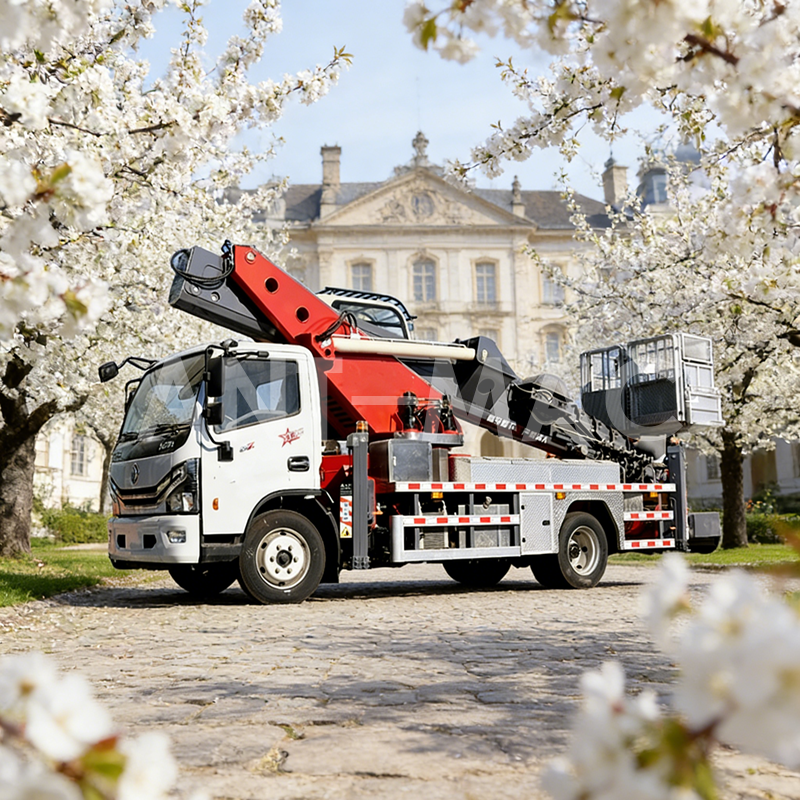 In-depth Analysis of Return on
In-depth Analysis of Return on
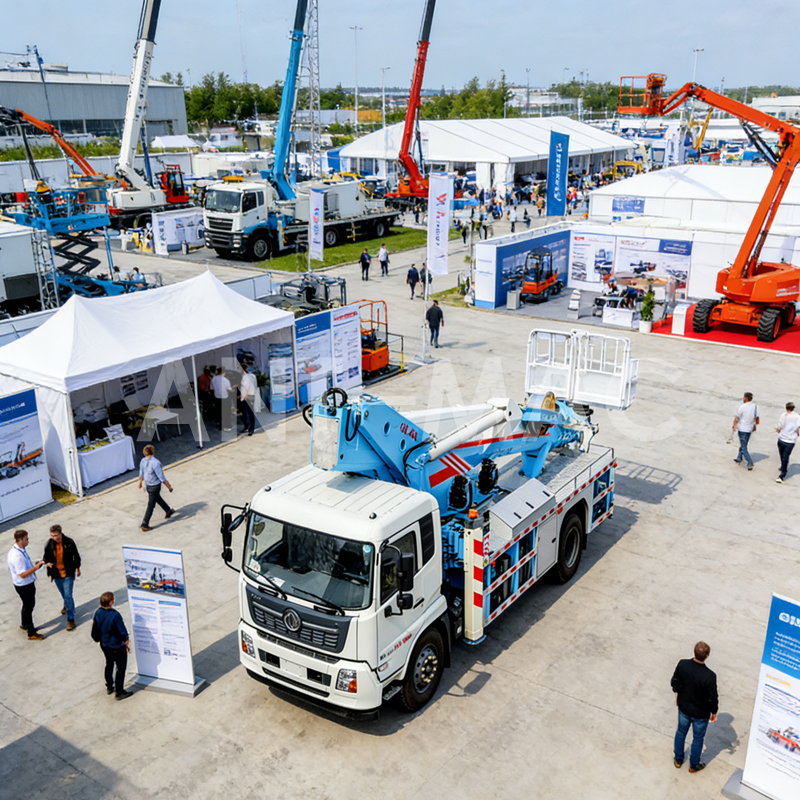 A Cost-Effectiveness Revolutio
A Cost-Effectiveness Revolutio
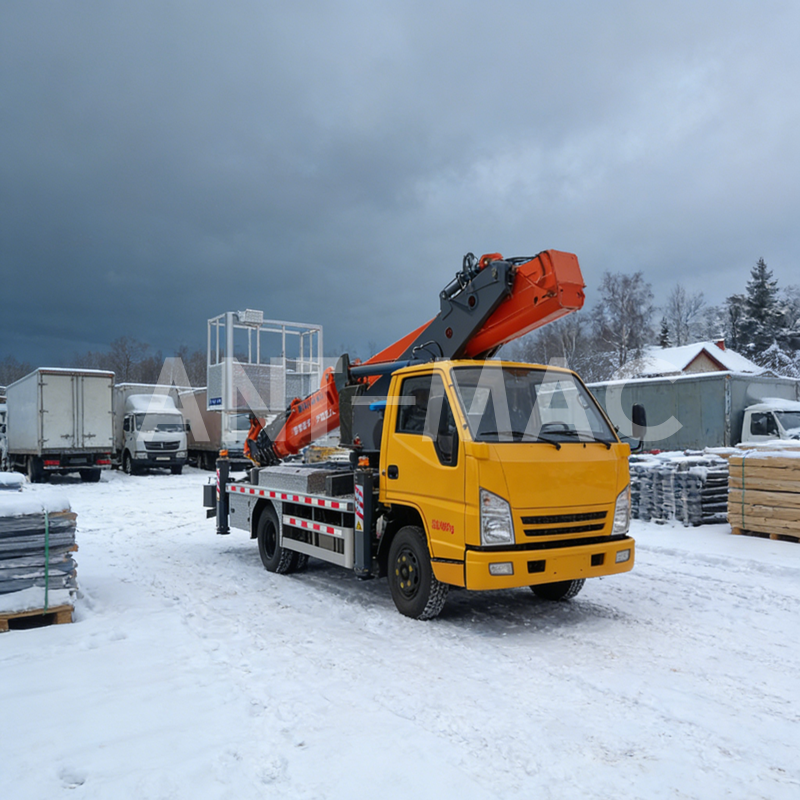 2026 Trend Insights: Four Core
2026 Trend Insights: Four Core
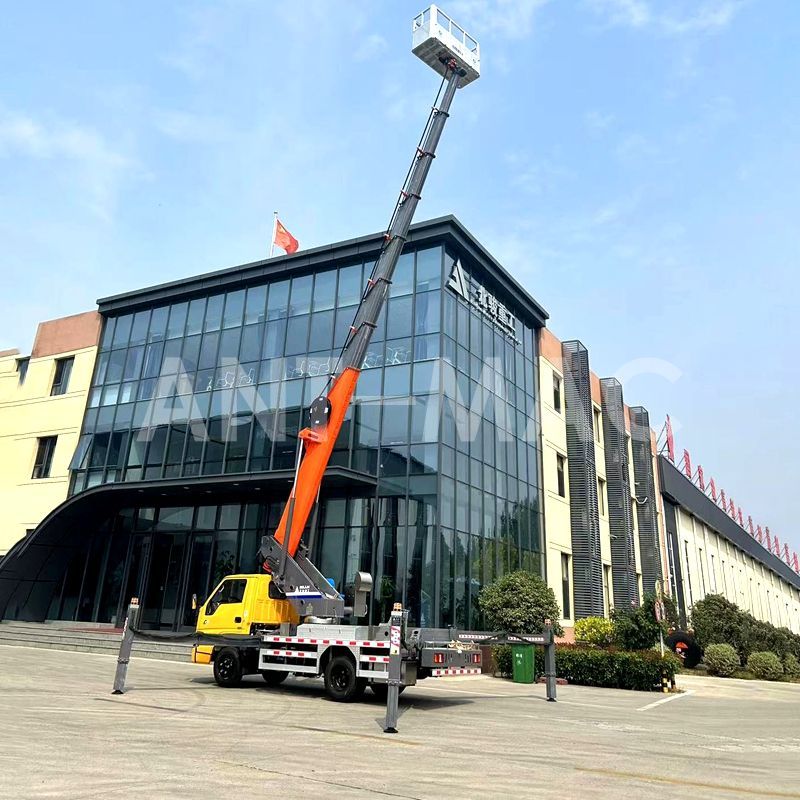 Five Criteria for Selecting Re
Five Criteria for Selecting Re
 Russian
Russian